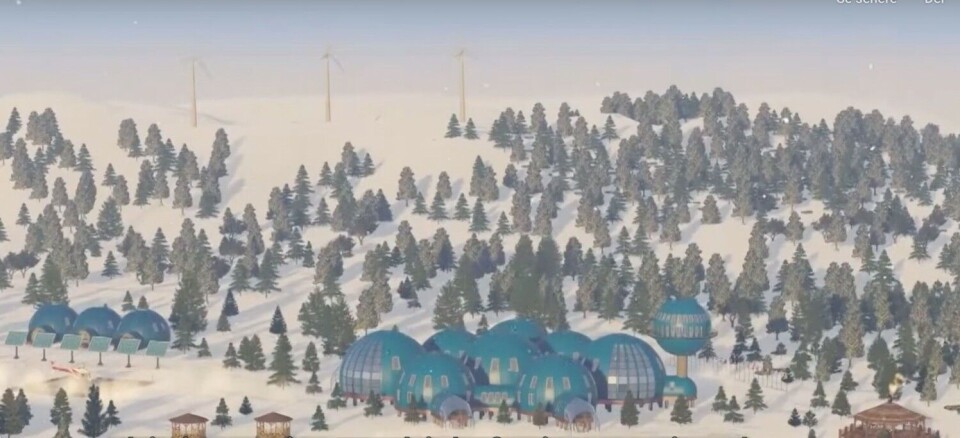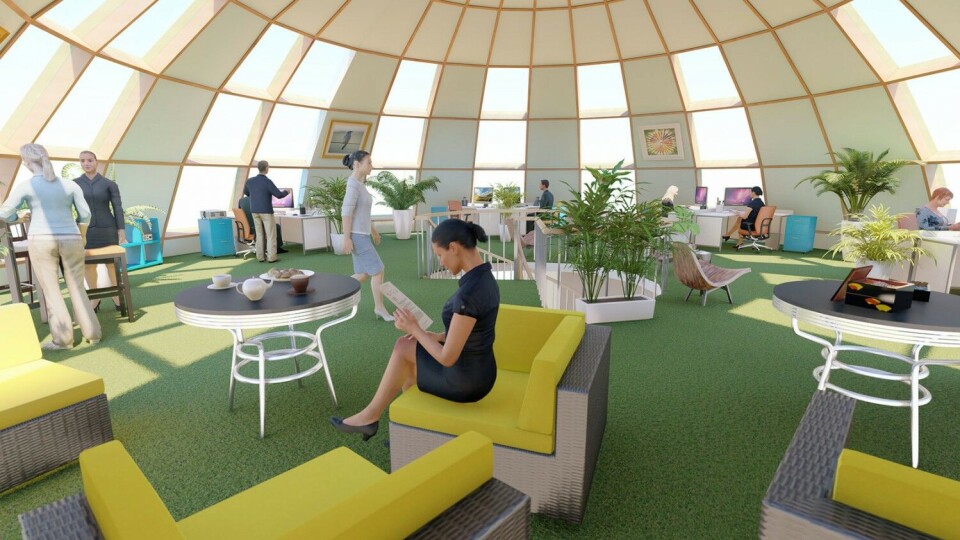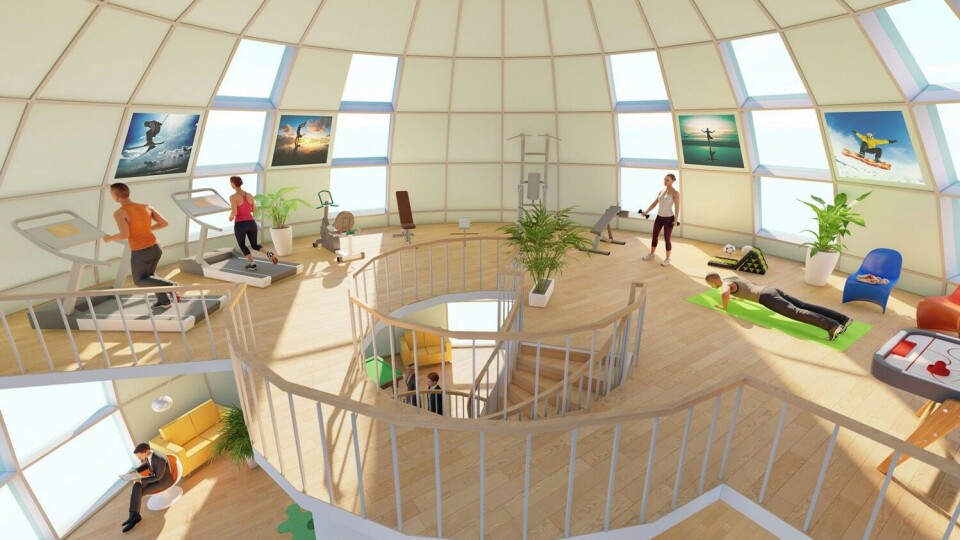
In swaggering move on remote Arctic tundra, Russia intends to show off a life without oil
The Snowflake research station will be fully fueled by hydrogen and is built as Russia prepares to take over the chair of the Arctic Council.
The Yamal-Nenets region is Russia’s top producer of hydrocarbons and attention to alternative energy sources has been near non-existent.
«This is not for us,» regional Governor Dmitry Artyukhov responded when asked about renewable energy in a conference last year.
«Our mission is to produce hydrocarbons and deliver it to the markeds,» he underlined and shrugged off questions about the need for alternative energy sources and focus on climate change.
The Yamal-Nenets Autonomous Okrug today produces about 80 percent of Russia’s natural gas, as well as substantial volumes of oil. And more is to come. Over the next three years regional industrial production is expected to increase by more than 30 percent.

Still, this is where the Snowflake research station will be built. It will come on the tundra lands outside regional capital Salekhard, the project developers say.
With support from both regional and federal authorities, it will be a show-off of the country’s ability to look beyond oil and gas, but also an advanced research station for Arctic studies.
The 2,000 square meter facility will be able to house a significant number of researchers from all over the world. A total of nine cupola-shaped and inter-linked buildings will provide comfortable living, labs and research premises for scientists.
It will be operational all year round and be fully fueled by hydrogen, says Nikolay Kudryavtsev, Rector of the Moscow Physical-Technical Institute.

The project is supported by the Arctic Council and will be ready in year 2022, during Russia’s chairmanship in the Arctic club, Kudryavtsev makes clear. It is projected to cost up to €12 million.
«Researchers, engineers, as well as students and youth can come for work visits and round-the-year test and demonstrate technology that already tomorrow will become part of our lives,» he says.
The station is projected by the Physical-Technical Institute with support from the Russian Ministry of Science, Ministry of Foreign Affairs and Ministry of the Far East and Arctic, as well as by the Governor of the Yamal-Nenets region.
The Snowflake IAS will be a a fully autonomous year-round diesel-free facility powered by renewable energy sources and hydrogen fuel, a project presentation says.
«It is envisioned as a unique new platform for international cooperation between engineers, researchers, scientists and students working on bold solutions that constitute a basis for life and work in the Arctic.»
Climate research is at the forefront, the developers underline.
It will be «a vehicle for supporting joint research on climate change, ecology and environmental pollution, including that of the oceans.»

Russia will take over the rotating chair of the Arctic Council from Iceland in 2021.
















